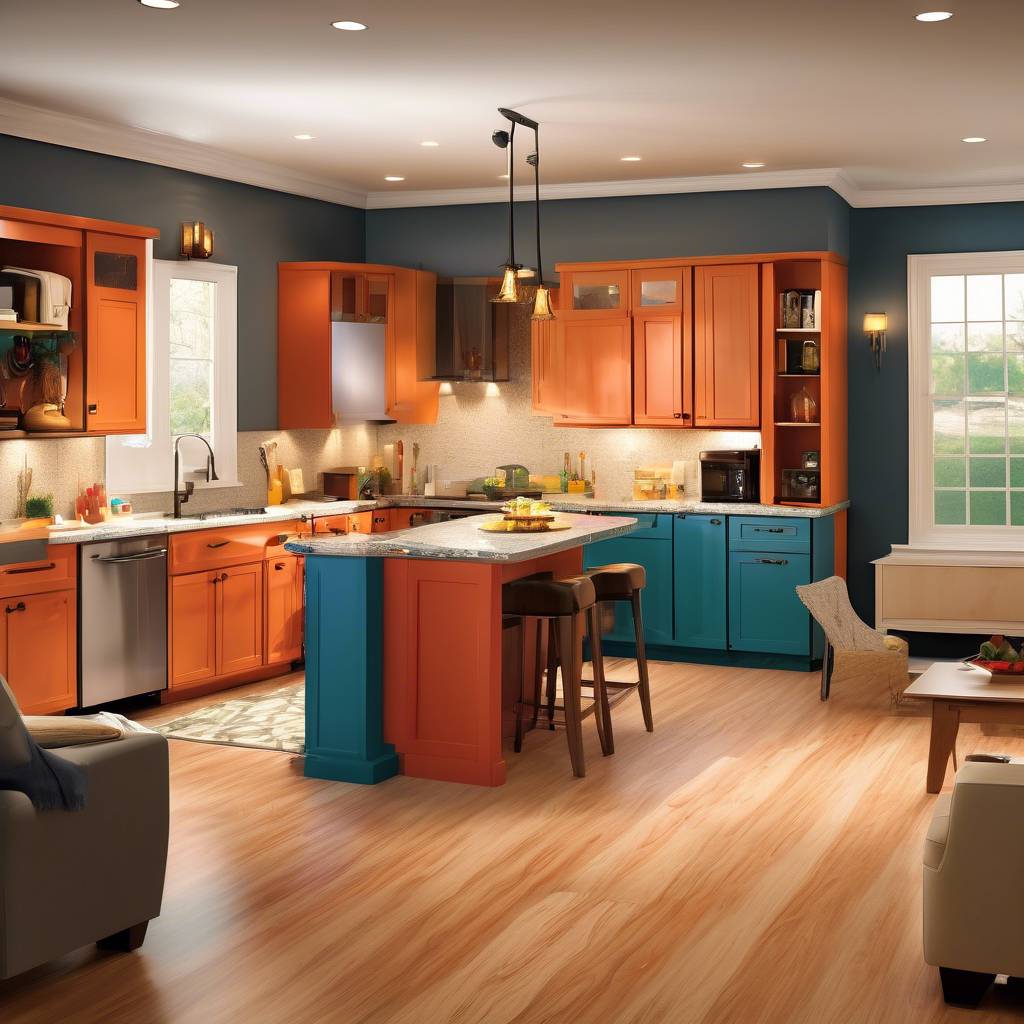The average American owns three homes in their lifetime, leading to three main experiences of shopping for, purchasing, and maintaining a home. Remodeling projects are less common, typically occurring only once in a lifetime. The pressure on the homeowner-contractor relationship is high due to the infrequency of these experiences. Research shows a significant gap in trust between homeowners and contractors, with issues such as time delays, budget overruns, and preventable problems causing stress and strain on relationships. These challenges contribute to homeowners avoiding future projects, with many reporting feeling stressed and disrupted by their renovation experiences.
Budgeting, contractor selection, researching materials, decision-making, and the renovation process were cited as the most significant challenges for homeowners. Trust and reputation were crucial factors in selecting a contractor, along with fair pricing, knowledge, and communication skills. Only about one in three contractors use 3D drawings or models to help visualize design options, with most homeowners receiving verbal explanations or material samples instead. This lack of visual representation can lead to misunderstandings and dissatisfaction during the renovation process.
Technological advancements are beginning to transform the construction and remodeling industry, offering solutions to enhance transparency and communication between homeowners and contractors. Companies like Hover are introducing 3D modeling tools that provide a visual representation of renovation projects, improving the ability to upsell projects and increase contractor close rates. The use of technology has been shown to increase customer engagement, reduce construction waste, and streamline the decision-making process. By offering more immersive experiences and detailed visualizations, homeowners can gain a better understanding of their projects before initiating construction, leading to higher satisfaction rates and successful outcomes.
Major retailers like Lowe’s are also investing in technology to assist homeowners in visualizing and designing their renovation projects. Lowe’s Style Studio allows users to explore various design options and create style boards that translate 3D visions into 2D plans for export. Using spatial computing technology, customers can navigate virtual spaces and customize their preferences in real time, creating a more interactive and immersive experience. With over 80 billion potential combinations, homeowners can experiment with different styles and layouts to find the perfect fit for their renovation projects.
In addition to improving the visualization and decision-making process, these technological innovations are also helping to manage risks associated with construction and remodeling projects. By implementing documentation policies and customer dispute processes, contractors can protect themselves from lawsuits related to quality, workmanship, and homeowner dissatisfaction. Financiers are also incorporating risk protection measures into their lending processes to ensure that both contractors and homeowners are held accountable for project outcomes. Overall, the integration of technology is streamlining the renovation process, making it more efficient, transparent, and customer-friendly.
As the demand for remodeling and new home construction continues to grow, there is a significant opportunity for contractors to enhance their services and improve the overall renovation experience. By leveraging technology to provide better visuals, communication, and project management, contractors can increase customer satisfaction, reduce costs, and streamline the construction process. With a focus on transparency, trust, and innovation, the construction industry has the potential to revolutionize the way homeowners approach renovation projects, ultimately creating a more seamless and enjoyable journey for both homeowners and contractors.








